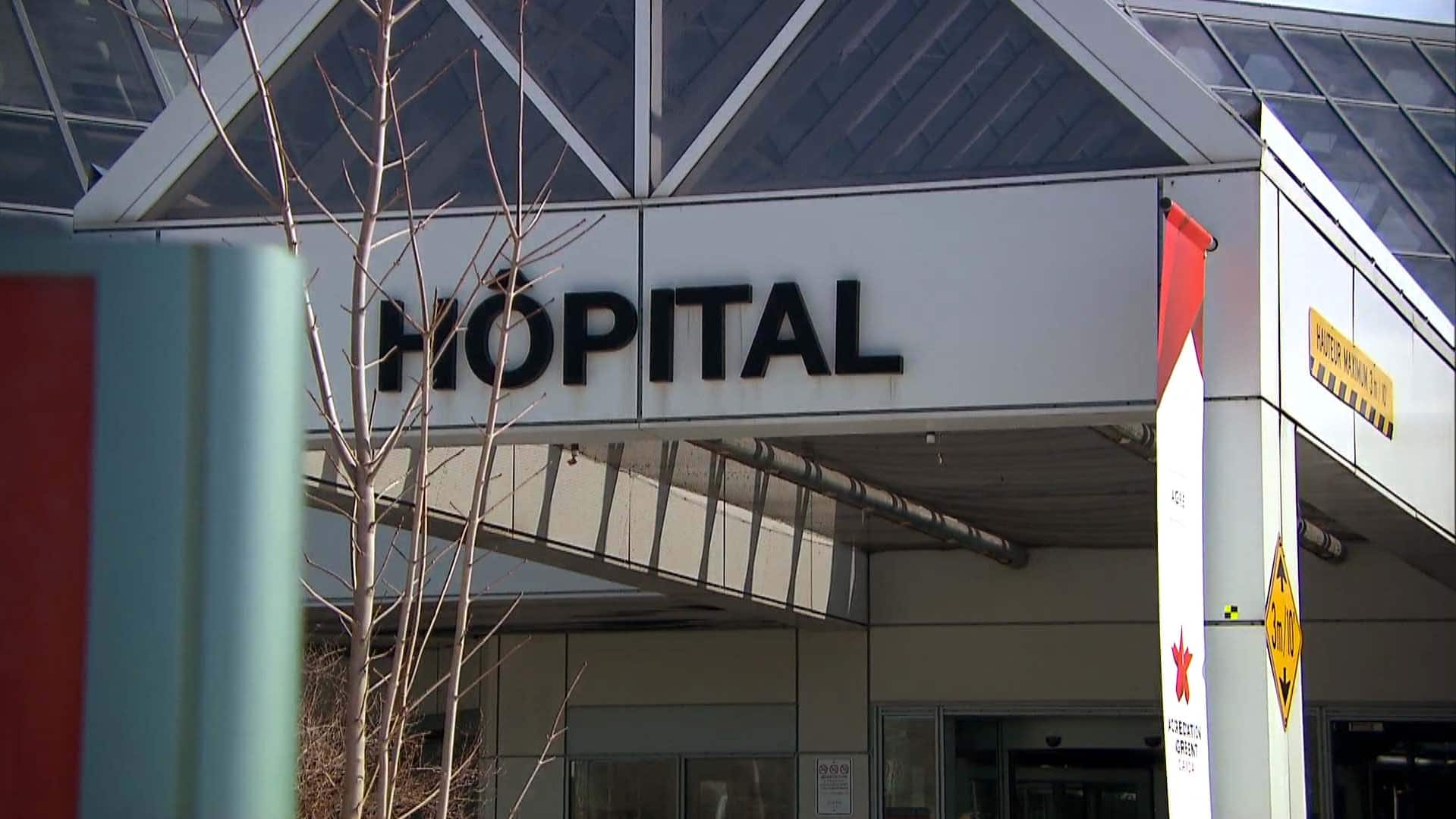The Quebec coroner’s office has opened an investigation into the death of yet another patient waiting for care at the Anna-Laberge hospital in Châteauguay, Que.
A 41-year-old man died Wednesday in the emergency room of the hospital on Montreal’s South Shore after he waited 45 minutes with chest pain for an ambulance.
His death marks the third in the hospital’s ER in the span of a few months. Two patients died in November while waiting for care.
“This is not normal,” said Gaétan Dutil, president of the paramedics’ union in the Montérégie region.
Dutil said the man’s case was classified as Priority 3, meaning his condition presented some risks but was non-life threatening.
Because of that, two different ambulances were redirected to more urgent cases on their way to pick him up at his home.
After a 45-minute wait, a third ambulance finally got the man on route to the hospital. He was conscious when he arrived in the ER, where he was triaged and said to be in unstable condition. He died in the waiting room shortly after being dropped off.
Dutil says paramedics did everything they could and followed protocol, but there just weren’t enough resources to get him to the hospital faster.
He said the long wait for care likely played a role in the man’s death and he is urging the government to invest in more ambulances to adequately serve the territory.
“If we do not prioritize the transportation of patients by adding vehicles, it is certain that this will likely happen again in the future,” said Dutil.
No additional ambulances in Quebec’s new plan
On Thursday, a day after the man’s death, the Quebec government announced almost $630 million over five years to fund various measures aimed at improving ambulance services.
Health Minister Christian Dubé announced some $5.9 million of that amount will be earmarked specifically for improving ambulance service in four regions: the Laurentians, Mauricie-Centre-du-Québec, the Montérégie and Chaudière-Appalaches.
The funding will be used in part to convert ambulance drivers’ shift schedules (being on duty 24 hours for seven days and then seven days off) into hourly schedules as well as add hours of service in order to reduce response times.
Quebec also plans to build four helipads to improve access to certain hospitals.
However, the five-year plan does not include any additional ambulances.
A statement from Dubé’s office said the ministry will not comment on the most recent death at Anna-Laberge hospital as a coroner’s inquest is ongoing.
“If recommendations are to be put in place subsequently, the [regional health authority] will have to apply them.”
‘Nothing’s changed’
Meanwhile, the CISSS de la Montérégie-Ouest insists procedures were adequately followed at the hospital in regards to the care the man received prior to his death.
“Although deaths are unfortunate events, it is not impossible for them to occur in the emergency department,” the statement reads.
“Unfortunately, some health problems can deteriorate rapidly, even if triage is rigorous and all tests are carried out properly.”
The CISSS said this case must not be compared to the two from November, when the hospital was overwhelmed with patients and the occupancy rate was through the roof.
“Since then, a number of measures have been put in place to speed up medical care and increase fluidity,” the health authority said.
But the head of the nurses’ union in the region, Mélanie Gignac, says that’s not what her members are seeing on the ground.
“Nothing’s changed,” she said. “The ER is full like every day.”
As of Sunday morning, the average stretcher occupancy rate at the Anna-Laberge hospital was 194 per cent, according to Index Santé.
“Too [many] people are coming to our emergency and there’s not enough beds and not enough nurses,” said Gignac.
WATCH | ER staff at Montreal hospital say they can’t keep up with patients coming in:
Two patients in separate incidents died while waiting for a doctor’s care in a Montreal-area emergency room. ER staff say they cannot keep up with the amount of patients coming in.
Dr. Judy Morris, an ER physician and president of the Quebec Association of Emergency Physicians, said in order to be able to provide the “gold standard” of care, ERs should be at around 85 per cent occupancy.
She said there are measures being put in place to reduce the strain in the province’s ERs, and the data shows there’s been some improvement overall. But there’s still more work to be done.
“On the ground, we still do see occupation rates at any given emergency room at 180 or 200 per cent, and that’s outright dangerous potentially for patient care,” said Morris.
She said there’s no quick fix for this problem and dangerous situations can still occur until the impact of all the measures being put in place are felt throughout the entire health-care system.




